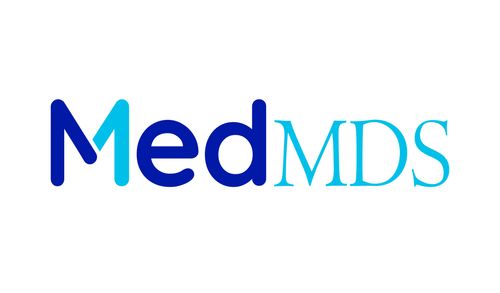Higher Cancer Rates Linked to Overcrowded Jails and Prisons
According to recent studies, counties and states with overcrowded jails and prisons are more likely to have higher cancer rates.
“These findings are not shocking. According to the research’s main author, Dr. Jingxuan Zhao, incarceration is acknowledged as a significant component of social determinants of health in the United States. It is associated with numerous unfavorable health outcomes. She works with the American Cancer Society as a senior scientist for health services research (ACS).
Although Zhao’s team believes there may be multiple links between cancer and incarceration, the study cannot conclusively show that one is more likely to get cancer than the other. The National Cancer Institute Journal released the team’s results on September 17.
Zhao stated that his group’s goal was “to understand better the associations of incarceration and cancer mortality at the community level.”
Key Findings
To do this, they examined national statistics on incarceration rates for each state and county from 1995 to 2018. Those were ranked from lowest to highest on four different scales.
The researchers discovered that the average cancer death rate was 3.9% higher in counties in the top fourth quartile of incarcerations than in counties in the lowest quartile. The number of people incarcerated in jails and prisons increased in tandem with local cancer death rates.
State-level data showed similar trends: states with the greatest incarceration rates also had a 3.9% higher cancer death rate when compared to states with the lowest quartile of incarcerations.
The researchers also noted that differences were greatest in cases of liver and lung cancer. Zhao’s group also noted that these connections were not gender- or race-specific.
“Programs to address the negative health effects of mass incarceration are warranted, especially for populations that are disproportionately incarcerated in the United States and suffer from inequities in cancer care and outcomes,” Zhao stated in an ACS news release.
Why can a high prison population be associated with a higher risk of lethal cancers?
Zhao postulated that access to cancer prevention, early diagnosis, and treatment may be restricted for populations living in locations with high incarceration rates.
According to Lisa Lacasse, head of the ACS’s Cancer Action Network, insurance may also be a problem.
“Full health insurance is essential for cancer survivorship,” the speaker stated. “Those who would not otherwise have access to care, such as those making the transition from prison to their communities after release, rely heavily on Medicaid as their source of health insurance. To enhance health outcomes and lessen cancer incidence, we implore legislators in the ten states that have not yet extended Medicaid to do so.”




